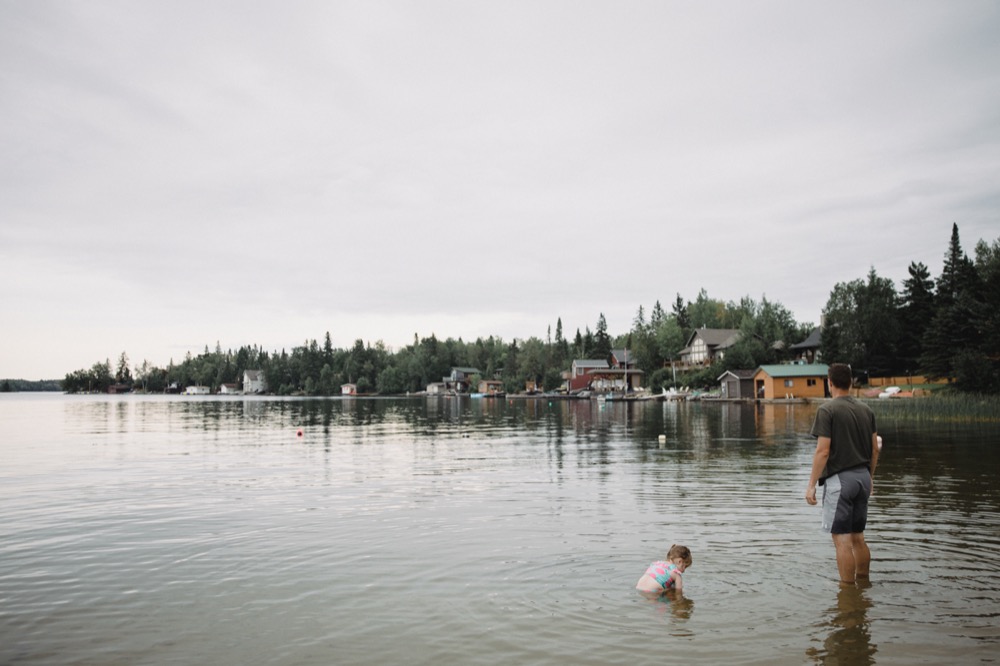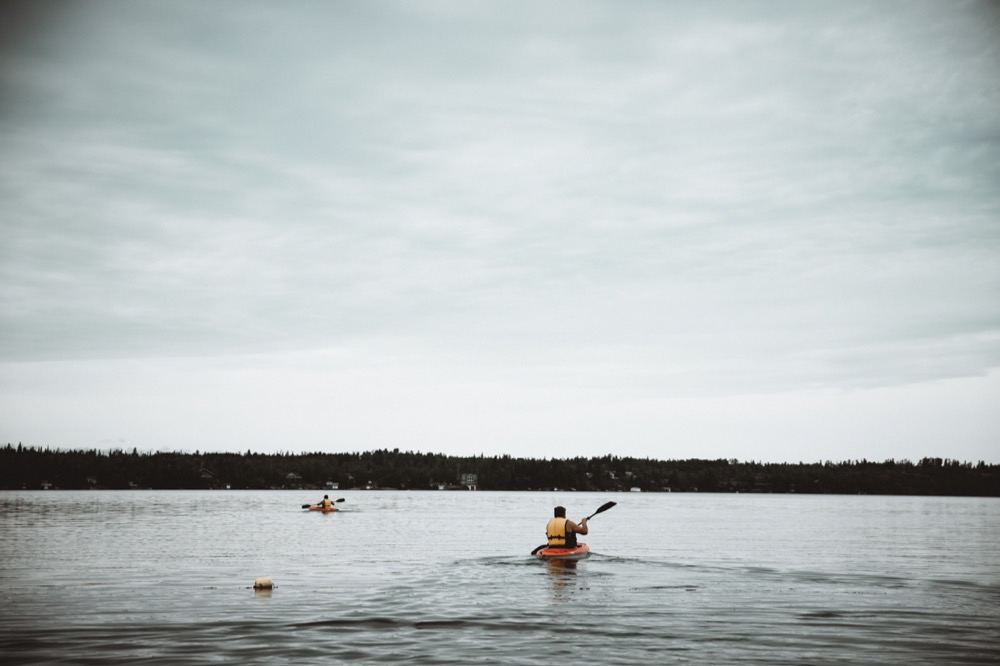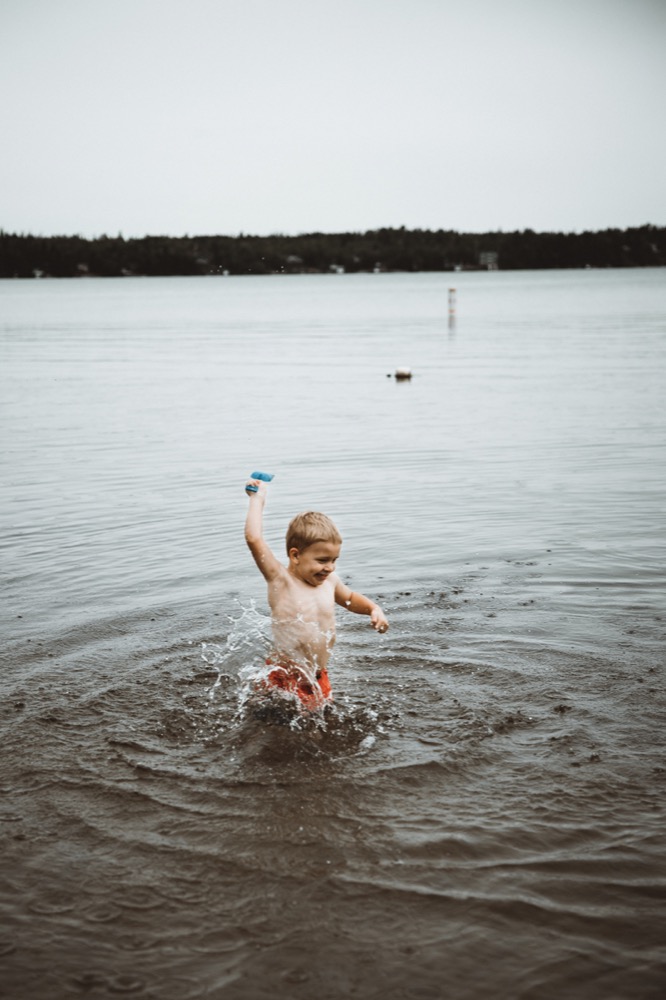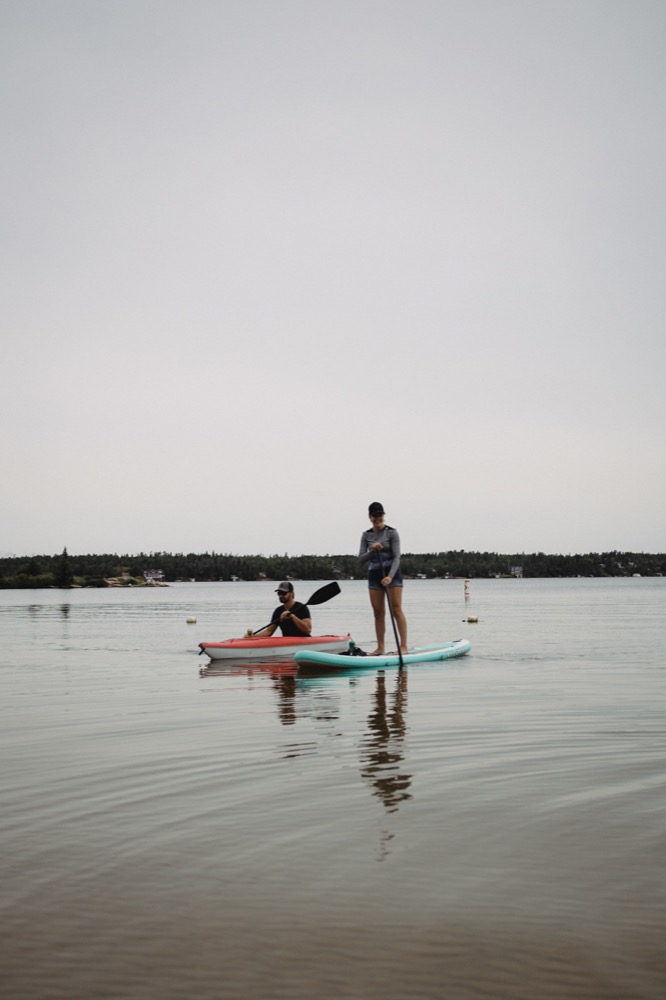Back in May of this year, I had an insatiable itch to write about personal finance here on The Newsprint. It began with this piece, where I discussed the realities of finances and how everyone thinks they’re experts in the personal finance world.
(I guess I’m no better?)
That post acted as me giving myself permission to write about personal finances here on The Newsprint. I proceeded to do so, of course, but with a smidge of apprehension each time.
Every time I hit the publish button, I felt as though “Personal Finance” and “The Newsprint” went together like water and gasoline. And any attempt I made to glue them together resulted in a larger and larger mess than before.
So after a hiatus of that sort of writing, some friends pushed me to put personal finance writing into a newsletter.
I’ve been working and publishing that newsletter for four weeks now, and I feel like it’s gaining some momentum. I haven’t had this much fun writing about any topic in a long, long time, I feel like I’m coming up with new ideas that I haven’t seen gain popularity in the wider circles, and, above all else, I feel like I’m providing a direct value to a very personal set of readers.
Dubbed “The Toonie Newsletter”, this newsletter will house my thoughts on personal finance and tax, and perhaps some investing and stock market discussions. The goal is to provide value to a wide range of readers, from beginners to experts, but probably will shy away from the professional end of the investing spectrum. (I’m not in much of a position to give trading advice when I don’t think the act of constant buying and selling is advantageous. For most people, of course.)
Why “Toonie”?
Well, I spent weeks brainstorming a name for the newsletter, and “Toonie” fulfills a few goals.
For one, it’s a Canadian slang term for a $2 coin.
For two, “Toonie” fits nicely alongside “The Newsprint” — they have many of the same letters, and “The Newsprint’s Toonie Newsletter” kind of, sort of rolls off the tongue better than anything else I could think of.
For three, toonies are silver in colour (with a gold insert) and this fits nicely alongside The Newsprint’s simple grey circular logo.
For four, “Toonie” is easy to remember and spell.
Hopefully this sticks.
I’ve had a ton of fun over the last few weeks kicking things off, and I have a couple really cool ideas coming in the near future. A smattering of examples include:
The “Where Should I Start?” piece, in particular, is the jumping off point for a four-part series for going from “I don’t have a clue about how to get my personal finances in order” to “I’ve got a start and I want to try some new things”. Subscribe to receive Parts 2 to 4 in your inbox.
The Newsprint will, of course, continue to exist. I’m just hoping to put other personal stuff on the blog. Photography, fun links, some tech writing. You know, the stuff you’ve come to expect over the years.
Personal finance was just a little out of the The Newsprint’s scope, and Toonie is a fun and fresh start to both try Substack and allow others to glean something from a few of the experiences I’ve had over the years.
If you’re intrigued, you can subscribe right here. I’m trying to push out an issue each Friday morning. If you missed today’s, make sure to swing by (or subscribe) for next Friday morning’s issue.
I’m going to try my best to ensure it’s a doozie.


















